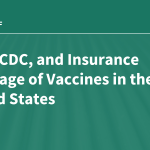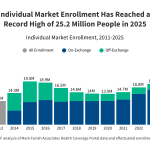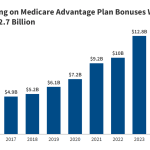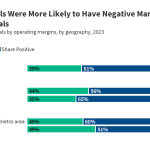
KFF Health Tracking Poll: ACA Enhanced Subsidies
KFF’s Health Tracking Poll looks at public awareness and support for ACA Marketplace subsidies and finds that most adults are unaware the subsidies are set to expire soon. Three in four say Congress should extend the subsidies and support persists despite hearing counter arguments.













